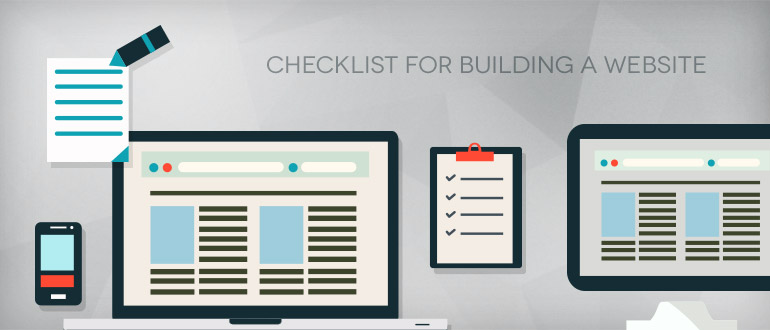
In order to build a successful website you have to look at a series of aspects that are important to the website owner:
- Establishing a prevalent brand. Every page must emanate the brand story and mission; the word you are searching for here is consistency throughout the website. And don’t forget about the logo!
- Facilitating sales by making purchase easy for readers/users. Facilitate and fluidise online sales by making it easy for people browsing the website to place an order.
- Turning potential customers into sales leads. But how? 3 words: CONTENT, CONTENT, CONTENT! Quality content and CTAs that direct readers to subscribe to the blog / newsletter, order, submit a quote request and so on (all of these actions can be done via a form, for which you can use a fast and easy form builder).
- Gathering data for measurement and future improvement. Make sure to implement measuring and data gathering solutions, choosing the best option for the client’s particular needs.
Before you start putting together the website, do this:
1. Ask for most of the website content to be finished before you start building. An average reader will spend a minute on a website page, but if the content doesn’t have any focus, or even worse, has errors, then 1 minute is very optimistic. To keep the reader on the site longer, make sure you have valuable content, presented through a consistent personalised writing style. That will give them what they are looking for: information that educates them in order to accomplish what they want to and do so by using the products presented on the website.
Why you need the content beforehand? Because it’s much easier and will look better if you plan the layout around it (paragraph lengths, headlines).
Meanwhile...
2.Know what kind of images you will be using
Create or get the logo first, because it not only represents the brand, but it could determine the colour palette of the website as well..
A given website needs different photos: photos of products, photos with company members for the about us page, an image for the home page. Make sure the images you choose are high resolution and quality. Use stock photos as a last option.
3.Plan visitor flow
Find out what the client expects the visitor flow to be like and what actions he wants them to do (via CTAs) once they arrive on the website.
4.Sketch out the layout
It’s a very good idea to sketch out the layout before starting to build, and more importantly for clients that have to approve the design, clients that seem unsure about what they want.
This is a great moment to check out templates and themes, such as the RSJoomla! templates to see what matches the desired website look and feel.
5.Find a host, a domain name and keep hosting information safe
Choose a reliable hosting company, a domain name and sign up for an account in order to place the site files on their computers. You will need to provide access to the hosting account whenever it’s needed; make sure you have the login information in a safe place. If you want some advice on how to choose a good web host you can find that here.
6. Set up Social Media profiles
After creating profiles on the relevant social media networks, you should include links to each social network on the website, in order to make it gain more traffic. The main channels are Facebook, Twitter, LinkedIn and GooglePlus. Facebook is mainly dedicated for B2C marketing which means it’s good for reaching people and LinkedIn for B2B, for reaching companies and potential partners.
And never forget about security!
7.Implement Security
Hackers target websites that are not maintained and don’t have a security plugin to protect them. Malware, viruses, malicious applications - there are numerous ways hackers can interfere. After you finish and put the website online, you can use a security extension to maintain it’s integrity, protecting your project.

Step 0.
The first question to ask is, "What is the purpose of the website."
Is the purpose of the website to:
You'll spend your time on the important aspects of a site and deliver what the organization needs - improving their satisfaction
Quote